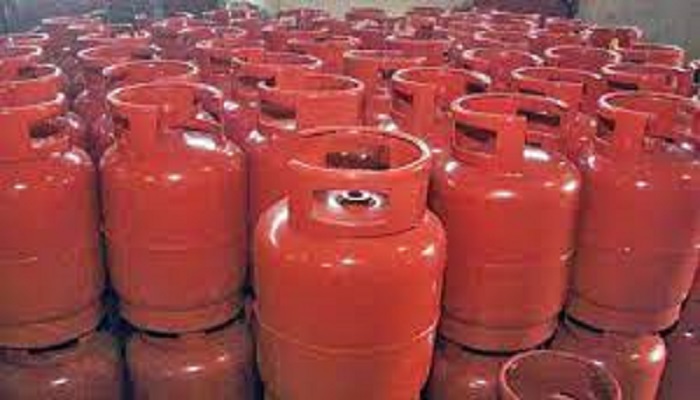Ogra has approved an increase in the price of gas by 74% from July 1.
67.75% increase in price of Sui Southern gas has also been made.
Ogra has issued a decision on the requests of the Sui companies to increase the gas price.
Rs406.28 per mmbtu increase in gas price of Sui Northern was also announced.
Increase in gas price by Rs.469.28 paise per mmbtu for Sui Southern has been made.
67.75% increase in price of Sui Southern gas has also been made.
Ogra has issued a decision on the requests of the Sui companies to increase the gas price.
Rs406.28 per mmbtu increase in gas price of Sui Northern was also announced.
Increase in gas price by Rs.469.28 paise per mmbtu for Sui Southern has been made.
It is pertinent to mention here, the Petroleum Division’s top mandarins have carved out a multi-pronged strategy to resolve the circular debt in the oil and gas sector that has surged to Rs1,500 billion, mainly through improving the balance sheets of Public Sector Entities (PSEs) involved in the petroleum sector.
Through netting off dividends of the government in profit-making entities to loss-making entities, the circular debt of Rs850 billion will be settled in the balance sheets and the remaining Rs650 billion will be settled with an increase in gas prices.
The Sui Gas companies are running into huge losses of Rs677 billion because of not increasing the gas prices; if the situation continues unabated, then their loss will increase up to Rs757 billion by June 2023.
Right now, the gas rates for residential consumers stand at Rs450 per MMBTU in the Sui Southern system against the prescribed price of Rs850 per MMBTU and Rs400 per MMBTU in the Sui Northern system against the prescribed price of Rs1,007 per MMBTU, showing a gap between sale gas price and actual cost of gas, which is too large.
Sources said because of this increasing gap, both the gas companies are facing mammoth losses and if corrective measures are not taken, then the time is not far when both will become bankrupt. The IMF is asking the incumbent government to ensure the required increase in gas prices to avert the impending collapse of both gas companies.
The sources said the amount under the Benazir Employees Stock Option Scheme (BESOS) resting with PSEs would also be adjusted in improving the balance sheets.
The government has also decided to introduce a limited gas tariff based on WACOG (Weighted Average Cost of Gas) on residential consumers for a certain period till the recovery of the cost of RLNG injected into the domestic sector. RLNG of Rs108 billion has been injected in the last 4 winter seasons and RLNG of another Rs110 billion is to be provided in the ongoing winter season. This is how RLNG of Rs218 bn in toto would be diverted to the domestic sector in Punjab till February 2023. The government may introduce a WACOG tariff to recover the RLNG cost in the SNGPL system. Right now, the RLNG price is ring-fenced and under the latest scenario, RLNG has been classified as a gas product. Earlier, RLNG was being treated as a petroleum product owing to which its cost could not be recovered from residential gas consumers.



















